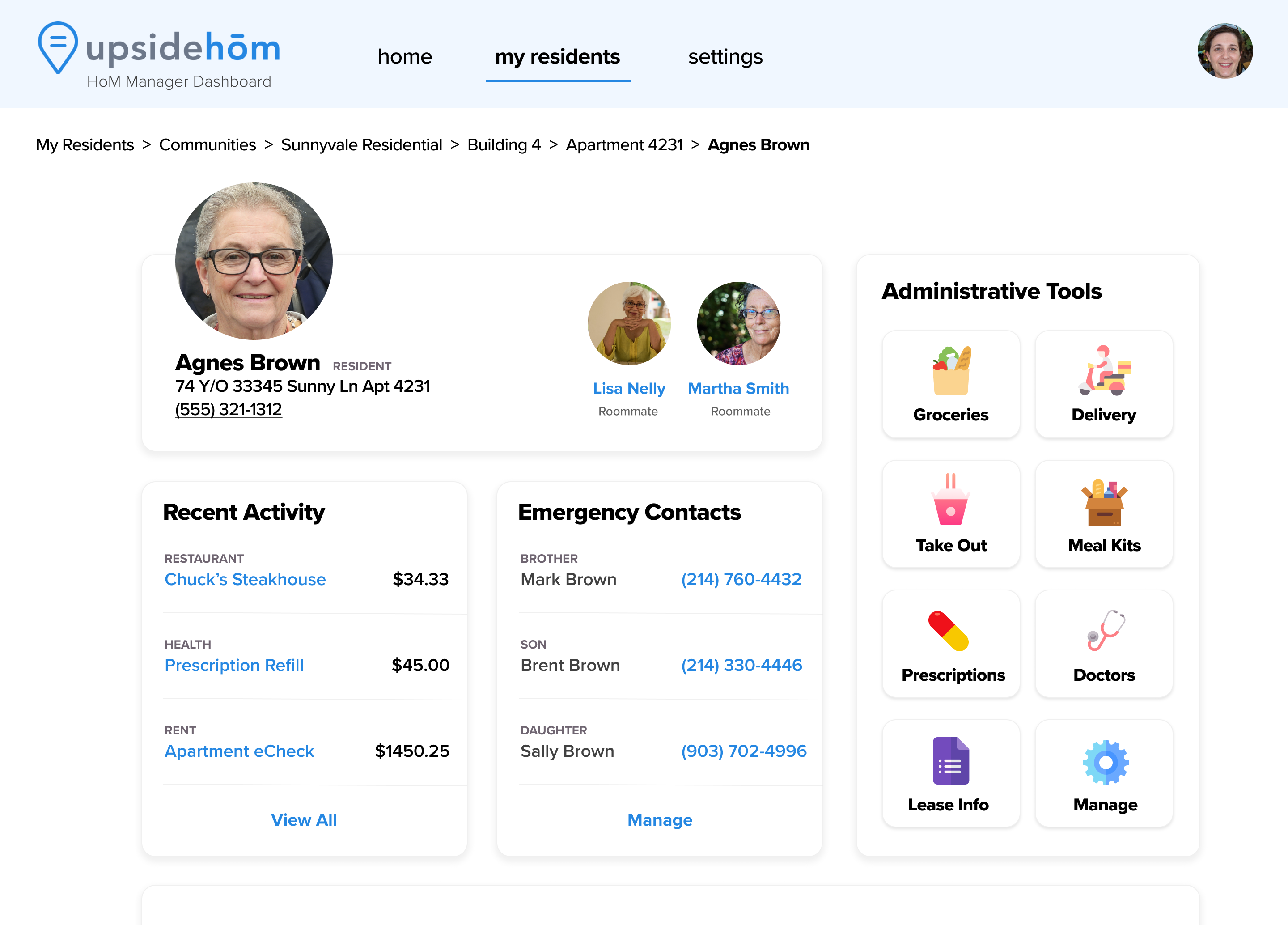News: Vaayu’s carbon tracking for retailers raises $1.6M, claims it could cut CO2 in half by 2030
Carbon tracking is very much the new hot thing in tech, and we’ve previously covered more generalist startups doing this at scale for companies, such as Plan A Earth out of Berlin. But there’s clearly an opportunity to get deep into a vertical sector and tailor solutions to it. That’s the plan of Vaayu, a
Carbon tracking is very much the new hot thing in tech, and we’ve previously covered more generalist startups doing this at scale for companies, such as Plan A Earth out of Berlin.
But there’s clearly an opportunity to get deep into a vertical sector and tailor solutions to it.
That’s the plan of Vaayu, a carbon tracking platform aimed specifically at retailers. It has now raised $1.57 million in pre-seed funding in a round led by CapitalT. Several angels also took part, including Atomico’s Angel Program, Planet Positive LP, Saarbrücker 21, Expedite Ventures and NP-Hard Ventures.
Carbon tracking for the retail fashion industry, in particular, is urgently needed. Unfortunately, the fashion industry remains responsible for 10% of annual global carbon emissions, which ads up to more than all international flights and maritime shipping combined.
Vaayu says it integrates with various point-of-sale systems, such as Shopify and Webflow. It then pulls in data on logistics, operations and packaging to monitor, measure and reduce their carbon emissions. Normally, retailers calculate emissions once a year, which is obviously far less accurate.
Vaayu was founded in 2020 by Namrata Sandhu (CEO), former head of Sustainability at fashion retailer Zalando, as well as Anita Daminov (CPO) and Luca Schmid (CTO). Vaayu currently has 25 global brand customers, including Missoma, Armed Angels and Organic Basics.
Commenting on the fundraise, Sandhu said: “We have only nine short years left to achieve the UN’s goal of reducing carbon emissions by 50% by 2030 and as the third-largest contributor to global emissions, retailers need to take action — and fast. Vaayu is here to help retailers measure, monitor, and reduce their carbon footprint at scale across the entire supply chain — something that I know from my own experience can be complex and expensive.”
Speaking to me over a call, Sandhu told me: “Putting the focus on retail basically allows us to automate the calculation, which means in three clicks you can get your carbon footprint right away. That then allows us to really get accurate data, and with that, we can basically do reductions specific to the business but using software, rather than any kind of manual intervention or a kind of ‘intermediate’ state where you need to put together an Excel sheet. Because we focus on retail we can automate the entire process and also automate the reductions.”
“We are delighted to be backed by female-led CapitalT who understood us and our vision right from the start. We look forward to developing Vaayu further in the coming months so we can reach as many retailers as possible and help put the brakes on the impending climate crisis,” she added.
Janneke Niessen, founding partner, CapitalT commented: “We are very excited to join Vaayu on their mission to reduce carbon emission for retailers worldwide. The Vaayu product is very scalable and its quick and easy implementation allows for fast adoption. We are confident that with this experienced team, Vaayu will soon be one of the fastest-growing climate tech companies in Europe and the world.”






